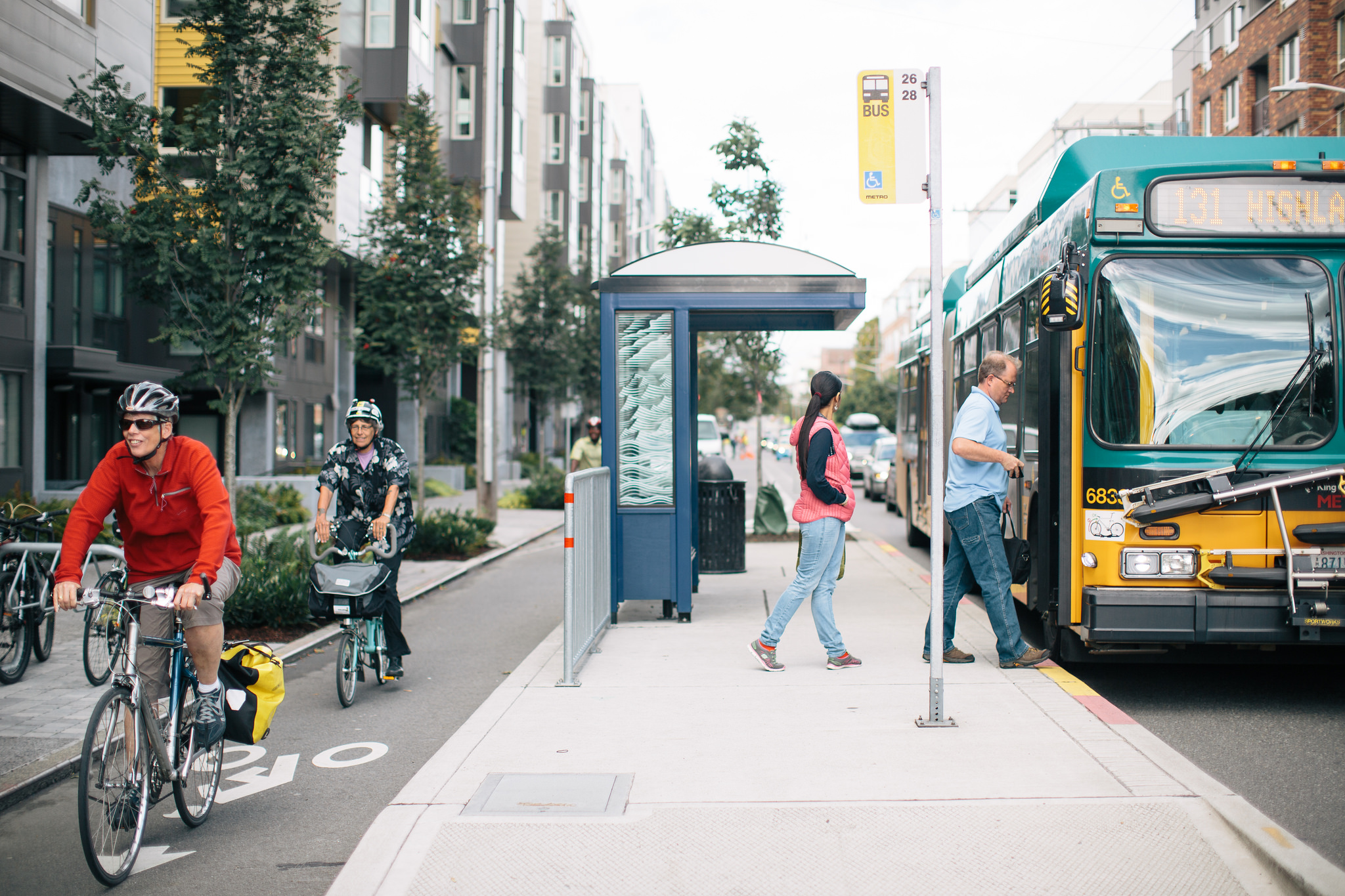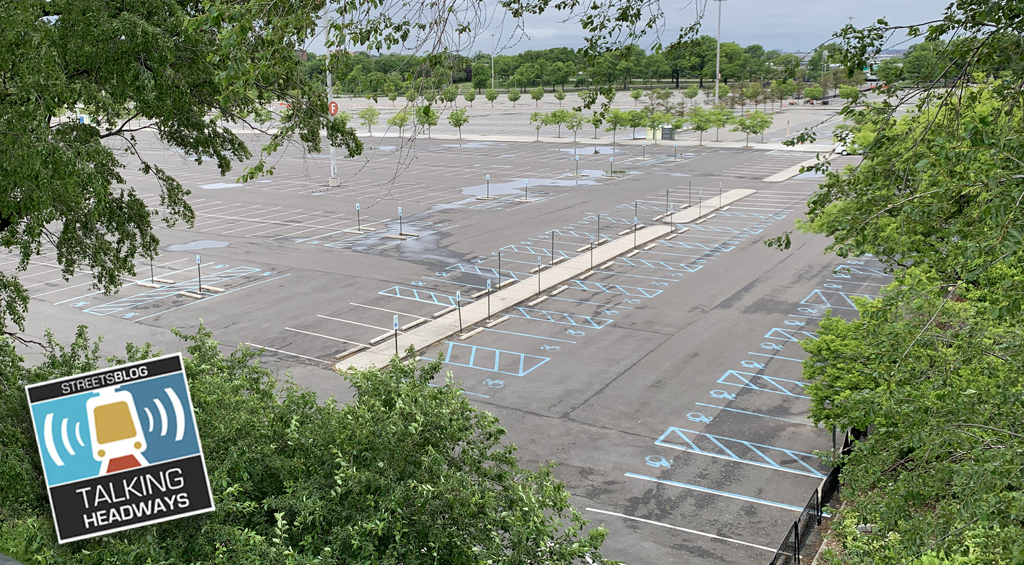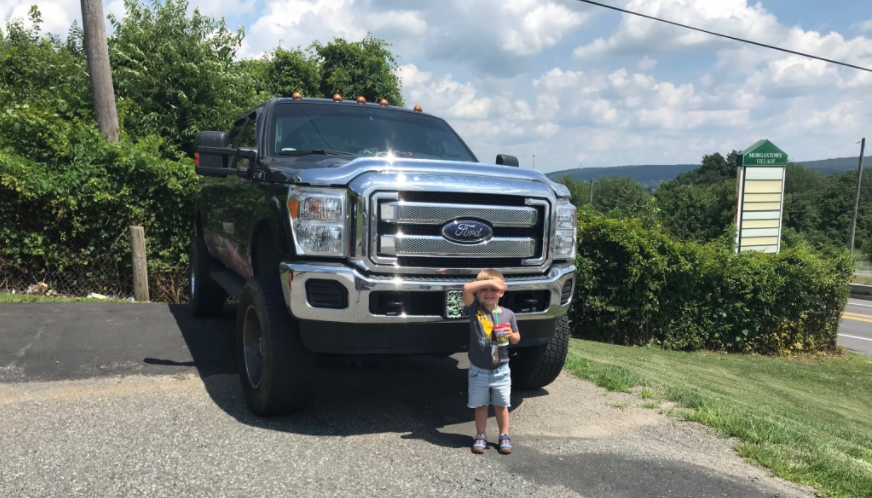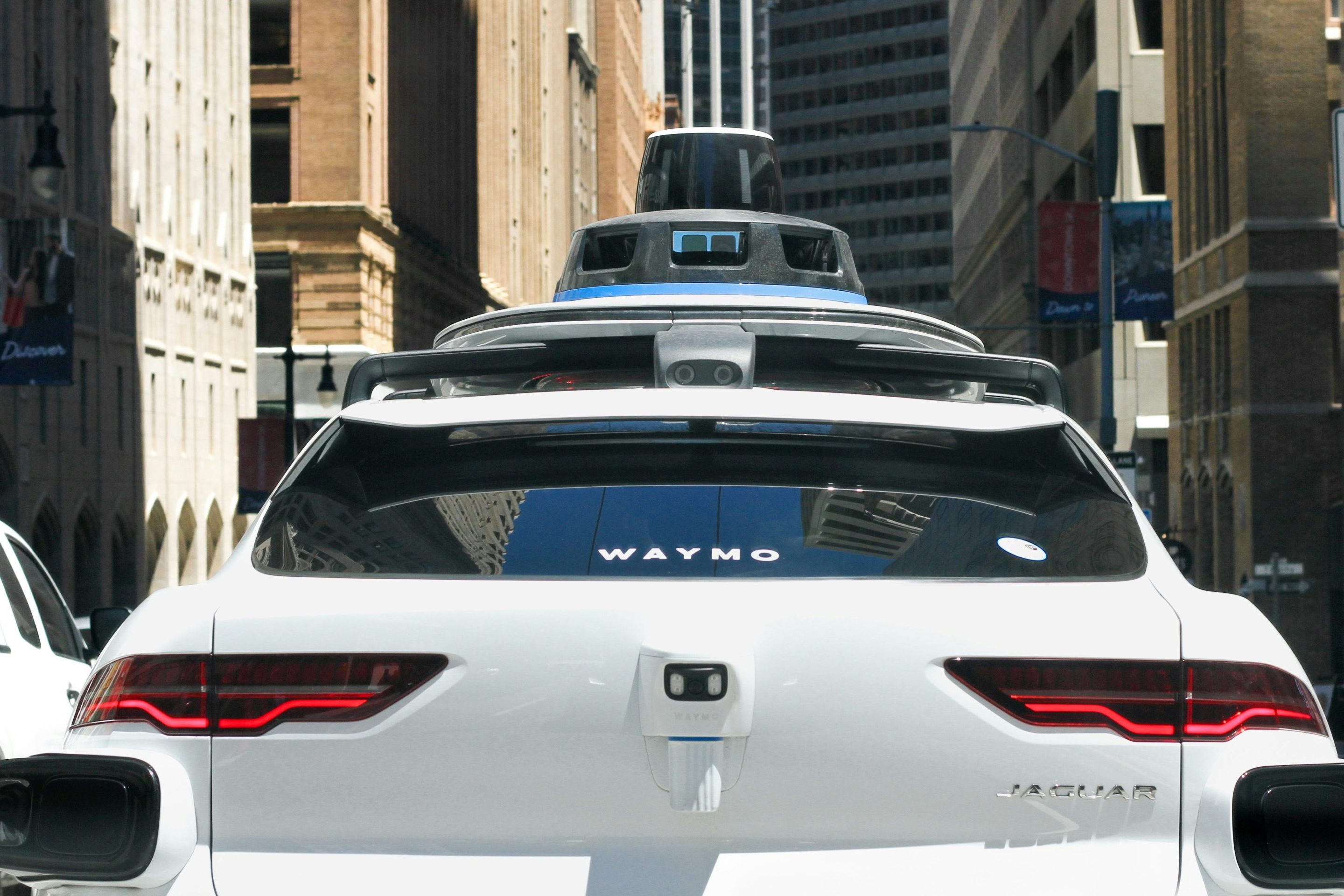Biking has almost doubled along major corridors in Seattle as the city enters the fourth day of "Viadoom" -- the highly publicized closure of State Route 99.
Viadoom -- or the "period of maximum constraint," as city officials have called it was billed as a potentially paralyzing traffic nightmare. Monday began the three week period when the Alaskan Way Viaduct (SR 99) is closed, but the city's replacement -- a $3 billion underground highway -- has not opened.
For months, local leaders have been warning residents -- especially drivers -- that the need to change their routines.
So far, people seem to be responding. The city's lead traffic engineer, Dongho Chang, reports many people are also availing themselves of other means -- including bikes.
It’s hard to explain the impact of the sudden quietness in our neighborhood!#Realign99 #SeattleSqueeze pic.twitter.com/wVEJ6y0oXu
— Jonathan Hopkins 🚅🚇🚎🚲🛴🏳️🌈🇺🇦 (@JHopLovesTrains) January 12, 2019
Bike advocates like Gleason say what is happening this week with the surge in biking, is what it could be like everyday if the city hadn't delayed created a comprehensive protected bike network.
"Really much more could be done to encourage people to walk and bike in Seattle and that’s through needed improvements to the infrastructure," she said.
It's still too soon to say whether Viadoom will live up to some of the harrowing predictions. Many employers have let workers work from home this week or for the first few days. And many people believe that's the reason we haven't seen crushing gridlock yet.
But even when the three week time period is up, Seattle is still going to be dealing with traffic issue for many more years resulting from construction of a new convention center, which will force buses out of a transit tunnel and onto surface streets.
One thing the early experience of Viadoom shows is how malleable people's commuting behavior can be.
"I think that it’s an inspiring situation that’s having .. more people be interested in biking and walking and taking transit and seeing that as a viable and enjoyable option," said Gleason.
Correction: The original post incorrectly identified who said biking in January was "a pretty heavy lift." It was City Council Member Mike O’Brien.






